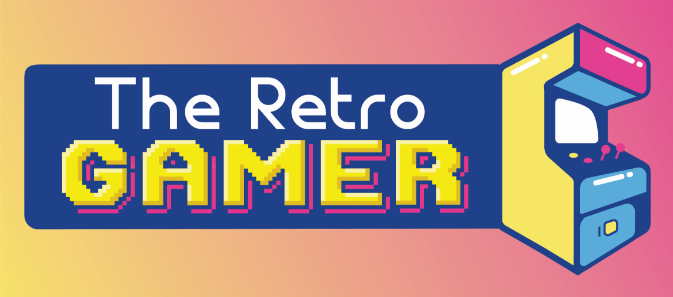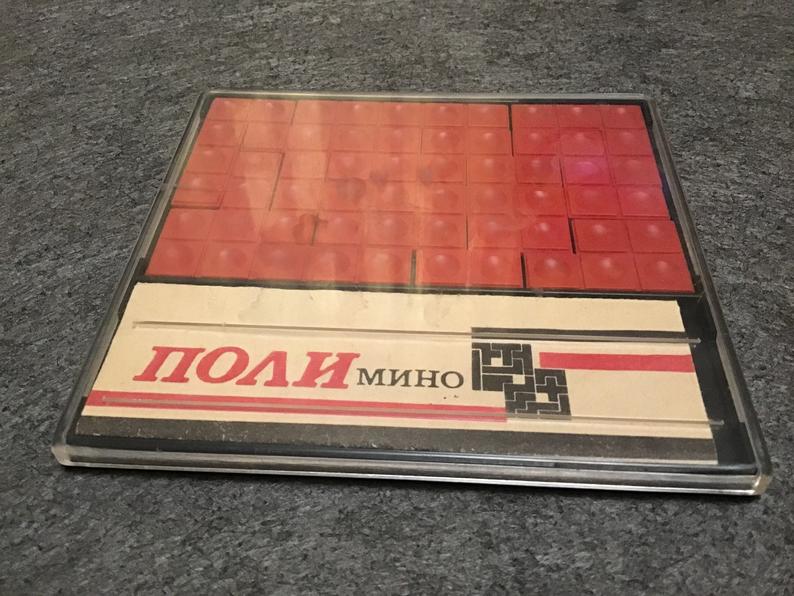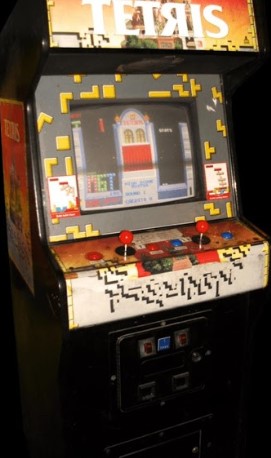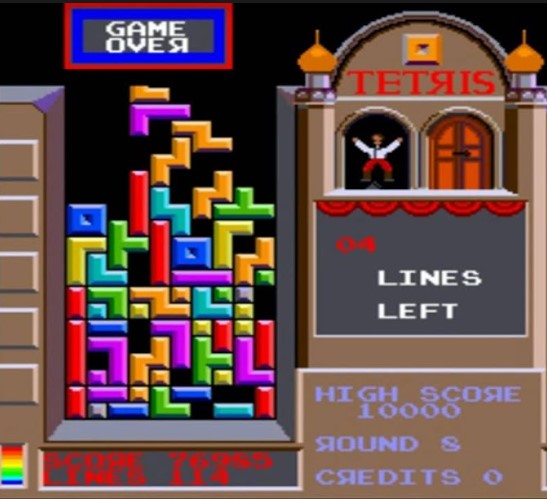
In 1984, behind the Iron Curtain and deep within the Soviet Artificial Intelligence research divisions, a young programmer mined gold from a simple text-based computer system. Alexey Pajitnov was a programmer, mathematician, and puzzle solver who was trying to make a reproduction of a favorite childhood puzzle game for his work computer. Comprised of small wood blocks inside a fitted tray, the puzzles were called pentominoes– distinct mathematical shapes that locked together, fitting L’s around squares and Z’s to form large rectangles.
Pajitnov would peck away on his outdated Electronica 60 eventually forming a simpler tetrominoes-based puzzle roughly half the size of his beloved childhood games. After a few rounds, Pajitnov realized his game was terribly repetitive, so he sought a way to make it more interesting. He found the game to be more exciting when he narrowed the playing field by having the pieces fall “in” instead of pulling from the edge like a standard puzzle. Unfortunately, with such limited computing power, the program dragged as the field became full. Pajitnov had the game wipe a line section as it filled to save memory on later levels. The result would take the world by storm over the next 8 years as one of the longest sustaining game franchises in history. It would also hold the record for most physical copies of a game sold for decades until finally being unseated by the phenomena known as Minecraft.

Tetris is one of the rare examples of an early home PC title beating the arcade to the punch. Since Pajitnov developed the game on Russian state-owned computers, the USSR owned the publishing rights of the initial title and creative rights to its ports. Licensing agreements spinning out of Turkish software developers and running through the UK via Spectrum Holobyte created a tangled web of licensing, but Atari finally acquired what they thought were arcade rights in 1989. With dozens of illegal ports already running along and an active trade dispute between Nintendo and Tengaen (Mirrorsoft developer’s Japanese arm), Atari worked on porting Nintendo’s inferior Famicom for arcades. Tetris has long been a game of countless iterations, and Atari worked to include some of the better features from other developers. Namely, side-by-side vs play and a Russian victory dance for completed screens– features found in the original Turkish port of the game.
Evoking imagery and music of the country that birthed it, Tetris and its sordid licensing history echo the tumultuous political waves within the USSR. Lawsuits raged on the outside while the game’s creator, Pajitnov, never saw a penny from his creation. That is until he immigrated from Russia in 1991 and formed The Tetris Company in 1999.

Tetris is best known for being packaged with the Game Boy, Nintendo’s blockbuster handheld console, but later it could be found on everything from graphing calculators to lab oscilloscopes. Simple and easy to learn, Tetris for arcade finds its niche in VS mode– a frantic score and time grab with a focus on outrunning your opponent and being efficient with block placement. Later levels increased the difficulty by adding random blocks to the playfield in up to 20-second intervals.
It’s time to test those early Gameboy skills and match your mettle with a friend. Step up to Atari’s classic iteration and give it a try. Bop along to the classic Russian tunes, vibrant colors, and flashback to a time of Regan, Gorbachev, and the felling of the Berlin wall. Dancing Cossacks and all!
